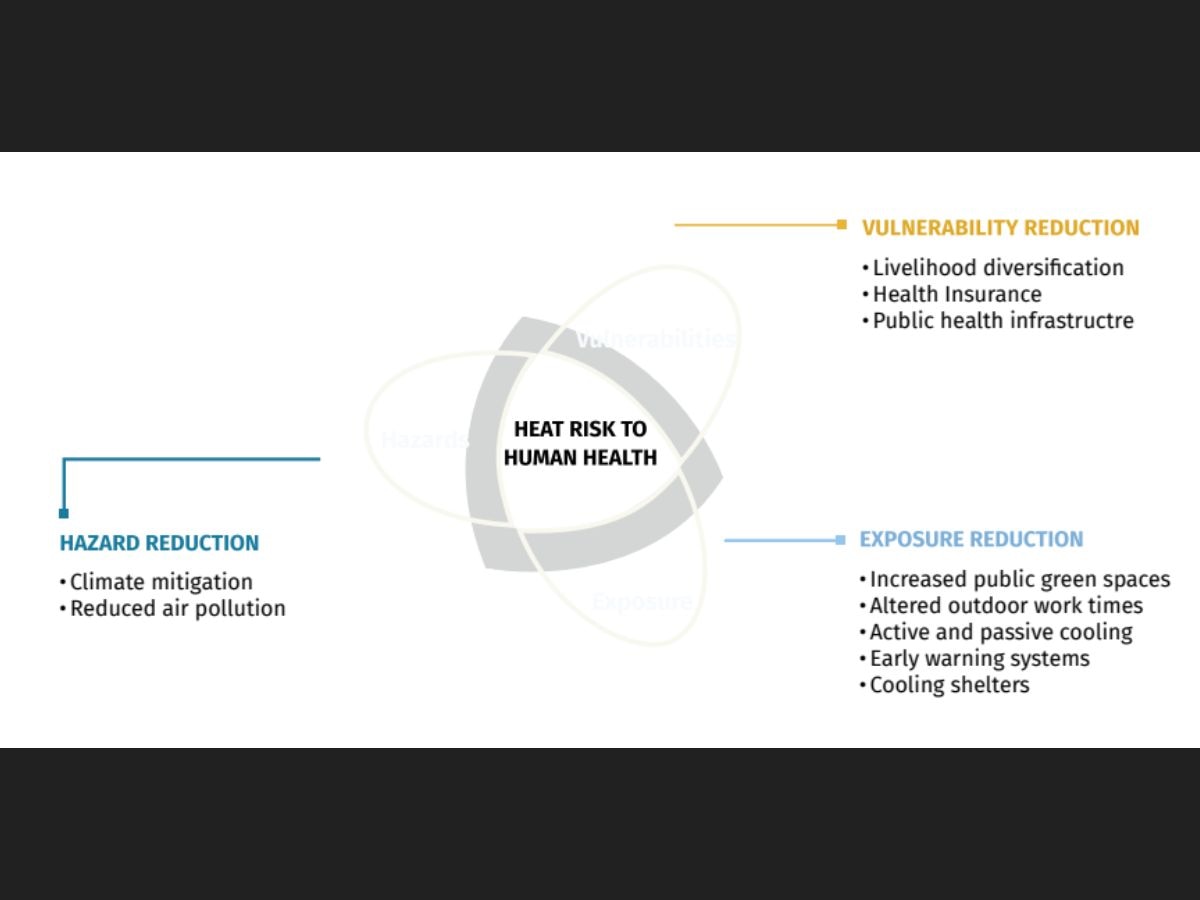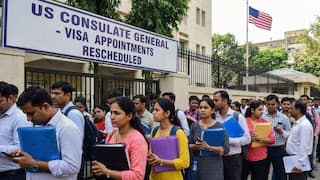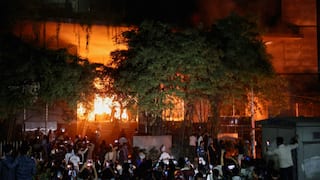Heat Waves In India To Come Earlier And Stay Longer, Risks Of Extreme Heat Experienced Disproportionately: Report
As many as 24 urban centres may breach average summertime highs of at least 35 degrees Celsius, by 2050. This will impact the economically weaker sections of the population disproportionately.

India has witnessed a shift in its climate patterns in the last few years, and experienced unprecedented heat waves in recent decades. One of the countries most exposed and vulnerable to heat globally, India has witnessed a significant increase in three-day concurrent hot days and hot night events from 1951 to 2016.
Heat waves projected to come earlier, stay longer, become more frequent
Heat waves in India are projected to come earlier, stay longer, and become more frequent, and urban heat island effects will exacerbate these heat impacts, according to the report on the first assessment of heat action plans in India.
The assessment was performed by the Centre for Policy Research, an independent institution dedicated to conducting research on issues impacting life in India.
Risks of extreme heat
According to the report, the risks of extreme heat are experienced disproportionately. For instance, due to personal risk factors such as age, poor ventilation, and cooled housing, occupational risk factors such as working outdoors, and societal risk factors such as urban planning, some workers are disproportionately affected by the impacts of extreme heat. The negative impacts on productivity and health can be reduced through well-designed and effectively implemented heat action plans.
Increased heat in India is resulting in increased heat-related deaths, heat stress, unbearable working conditions, and greater spread of vector-borne diseases.
Heat-related risks directly impact health, mortality and labour productivity.
Three-day concurrent hot days and hot night events to increase
Three-day concurrent hot days and hot night events are projected to increase between two and four-fold by 2050 under Representative Concentration Pathway (RCP) 4.5 and RCP 8.5, respectively, the report states.
According to a 2011 study published in the journal Climatic Change, Representative Concentration Pathway 4.5 is a scenario that stabilises radiative forcing, or the phenomenon that occurs when the amount of energy that enters the Earth's atmosphere is different from the amount of energy that leaves it, at 4.5 Watts per square metre in the year 2100, without ever exceeding that value. RCP 4.5 includes long-term global emissions of greenhouse gases and short-lived species.
RCP 8.5 is a scenario in which radiative forcing reaches greater than 8.5 Watts per square metre by 2100, and continues to rise throughout the 21st century.
Average summertime highs may breach 35 degrees Celsius by 2050
As many as 24 urban centres may breach average summertime highs of at least 35 degrees Celsius, by 2050. This will impact the economically weaker sections of the population disproportionately.
As many as 25,983 lives were lost between 1990 and 2020 due to heat waves, according to government estimates.
Working hours lost to heat stress to increase
The working hours lost due to heat stress will increase to 5.8 per cent of working hours by 2030, the International Labour Organisation estimates. This is equivalent to 34 million jobs.
Heat risk to human health

Heat risk to human health is produced by the interaction of hazards, exposure and vulnerability, and adaptive capacities. All these factors are mediated by adaptation and mitigation responses.
Hazard reduction is possible through climate mitigation and reduced air pollution, the report states.
Vulnerability can be reduced through livelihood diversification, health insurance and public health infrastructure.
Exposure reduction is possible through increased public green spaces, active and passive cooling, cooling shelters, altered outdoor work times, and early warning systems.
ALSO READ | Why Elderly Population In India Is Vulnerable To Climate Change And How To Protect Them







































